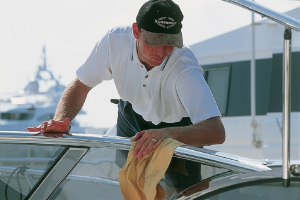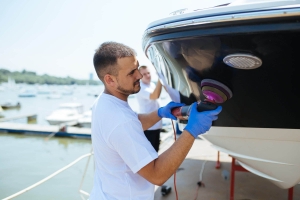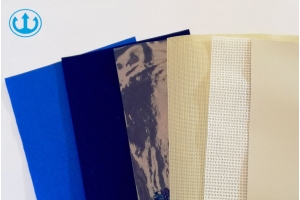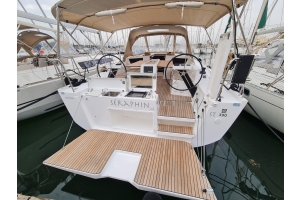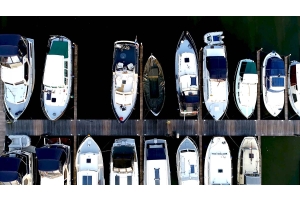HOW TO WATERPROOF BIMINI TOPS AND COVERS
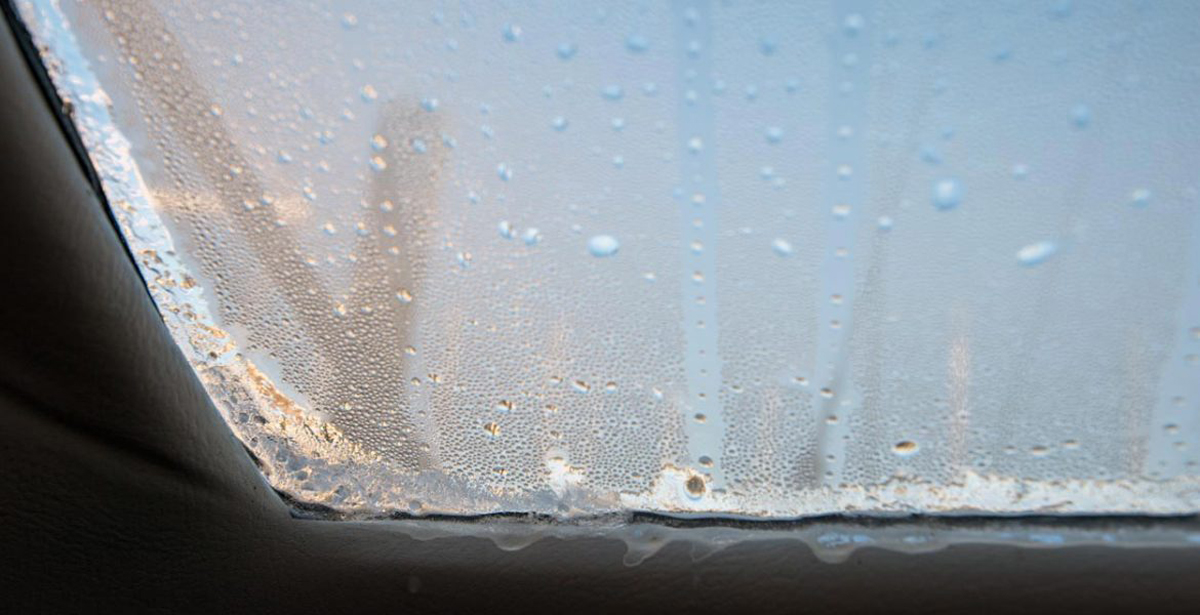
Whether you are preparing your boat for the winter break or to put it back in the water with the arrival of summer, it is advisable to carry out the maintenance of awnings, hoods and covers. Atmospheric agents, salty air and dirt in the long run risk ruining these fabrics, aging them and making them less waterproof.
However, there are simple operations that allow you to extend its life, such as restoring the original water-repellent properties of the fabric.
So let's see how to waterproof an awning, a hood or a protective sheet for your boat or dinghy.
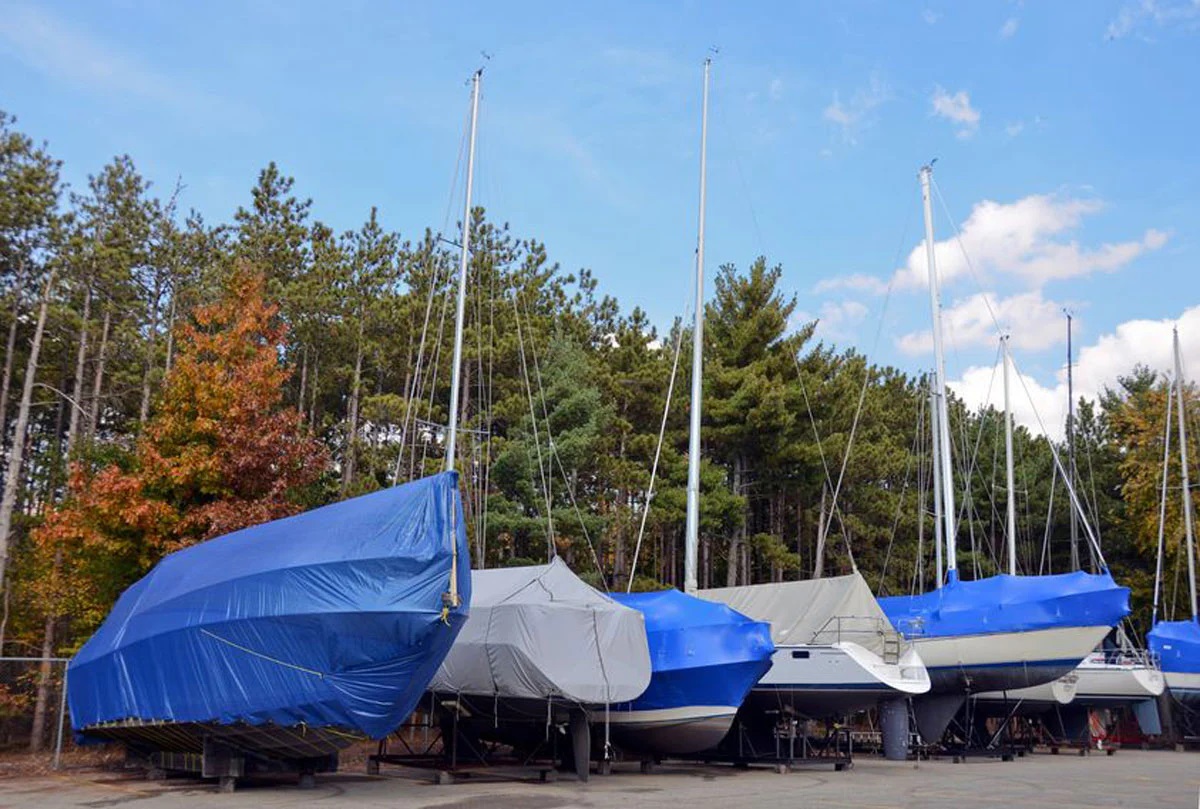
Why waterproof the covers of a yacht
Bimini tops, hoods and covers that are used on board boats and yachts are mostly made of acrylic fabric. One of the best known and most appreciated materials by yachtsmen is the famous Sunbrella, but there are many others like it. Acrylic fabrics are quite expensive, but they also have significant advantages.
- First of all they have a great look and feel of solidity, softness and elegance.
- Then they are breathable, resist UV rays better than any other canvas and are not afraid of mold and stubborn stains.
- They are also unalterable in shape and available in a vast range of colours.
Discover the Sunbrella colors available on our website!
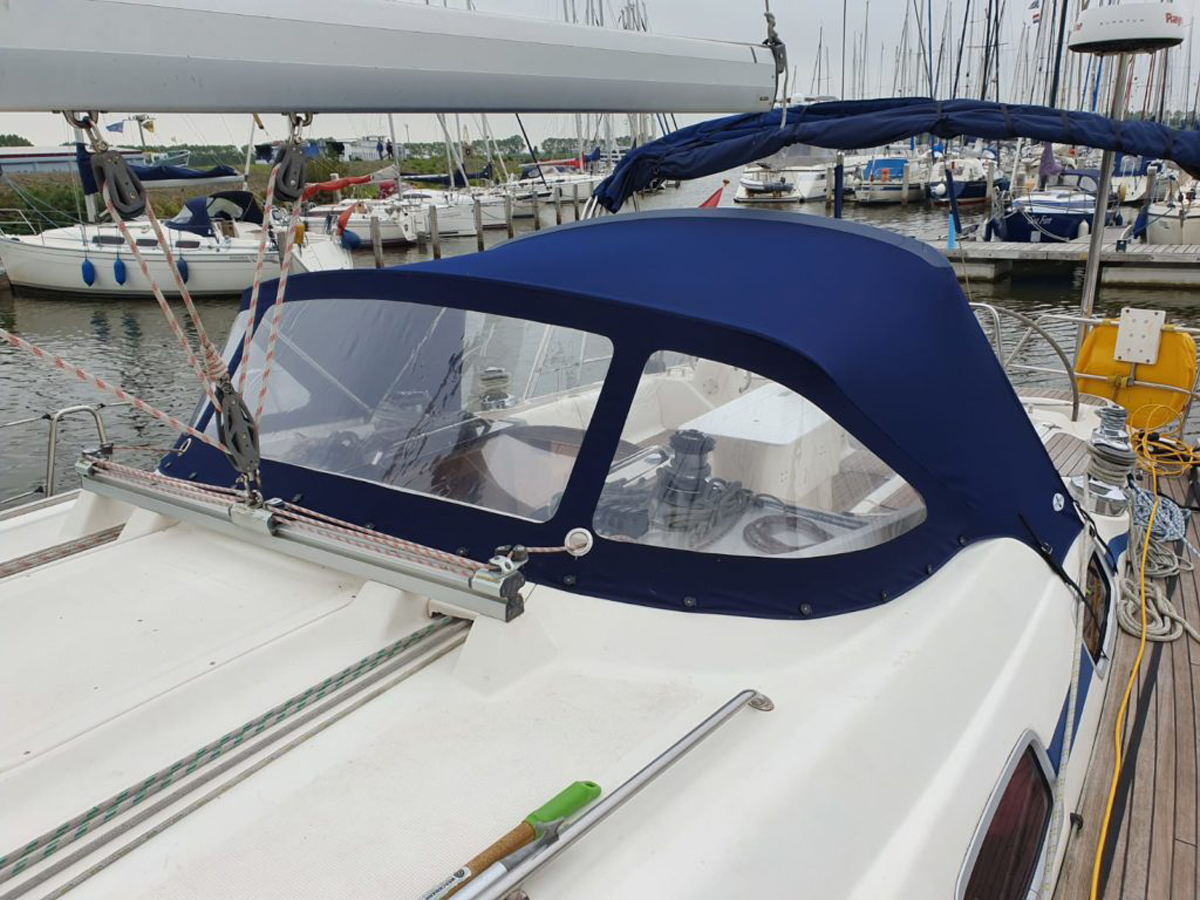
But the most important aspect of the acrylic fabric is precisely its being waterproof. The water repellency derives from a special chemical treatment that it receives during the production phase. The latter, however, in the long run with continuous use, rubbing and the use of cleaning detergents, largely loses its effect.
In general, a bimini top or soft top remains 100% waterproof for about 3 years. After that they need to be waterproofed again. How?
How a waterproofing spray works
To proceed with the do-it-yourself waterproofing of nautical covers and bimini tops, special chemical products available on the market are used. The best are those based on fluorocarbons and fluoropolymers which, in addition to being compatible with the factory treatment, do not compromise the original properties and above all give excellent and long-lasting results.
Absolutely to be avoided are silicone-based waterproofing products. This is because the factory waterproofing chemical will repel the silicone resulting in a patchy coating. In addition, silicone can also compromise the stain resistance of the fabric.
Waterproofing agents, available in nautical shops especially in the spray version, prevent water and other liquids from being absorbed by the fabric. The waterproofing takes place thanks to some special resins which, when they come into contact with water, form a water-repellent film which prevents the liquid from going beyond the surface of the fabric. The resin itself is also elastic, therefore it adapts to the fabrics on which it is applied, following all its movements, tensions and without modifying its performance. In this way your awnings, sprayhoods and soft tops will last longer over time.
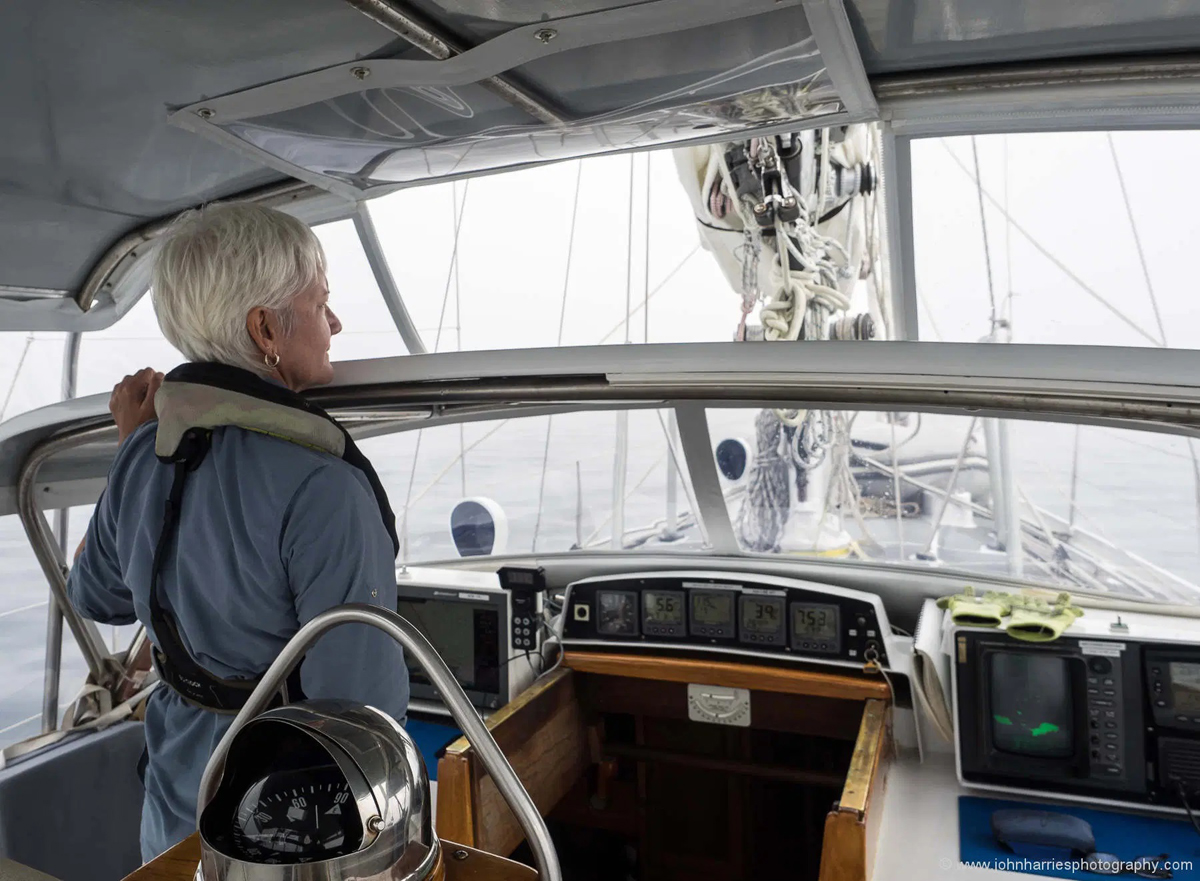
How to apply the water repellent spray
Since you will have to renew the waterproofing of awnings and boat covers, it is good to first give the fabrics a good cleaning.
Wash the canvas with fresh water and, if necessary, scrub it with a soft brush and a mild detergent. Then rinse the fabric well and let it air dry completely. At this point it is best to remove the canvas from the boat to treat it, but if this is not possible, at least make sure you protect any surfaces that could be damaged, such as windows, hinges, etc.
Find other useful tips in our Maintenance and Cleaning Manual!
Next, once you have found your waterproofing spray, we advise you to use it in a well-ventilated place and spray it all over the surface you wish to protect.
The instructions for applying the product are given on the packaging, but most of them involve applying two light coats, the second of which is applied perpendicular to the first. This "checked" pattern tends to produce a more even coverage. Again, follow the manufacturer's instructions on drying times to ensure you get good water-repellent results.
How long does the waterproofing effect last
Usually the effect of a waterproofing spray lasts about 6 months, but even a year if a particularly powerful product is used. However, the duration of protection depends on the type of environment in which awnings and covers are used and the times in which they are subjected to atmospheric agents and saltiness.
Once the waterproofing work has been carried out, you can enjoy the protection of these fabrics without fearing rain or humidity, both at sea and in port.
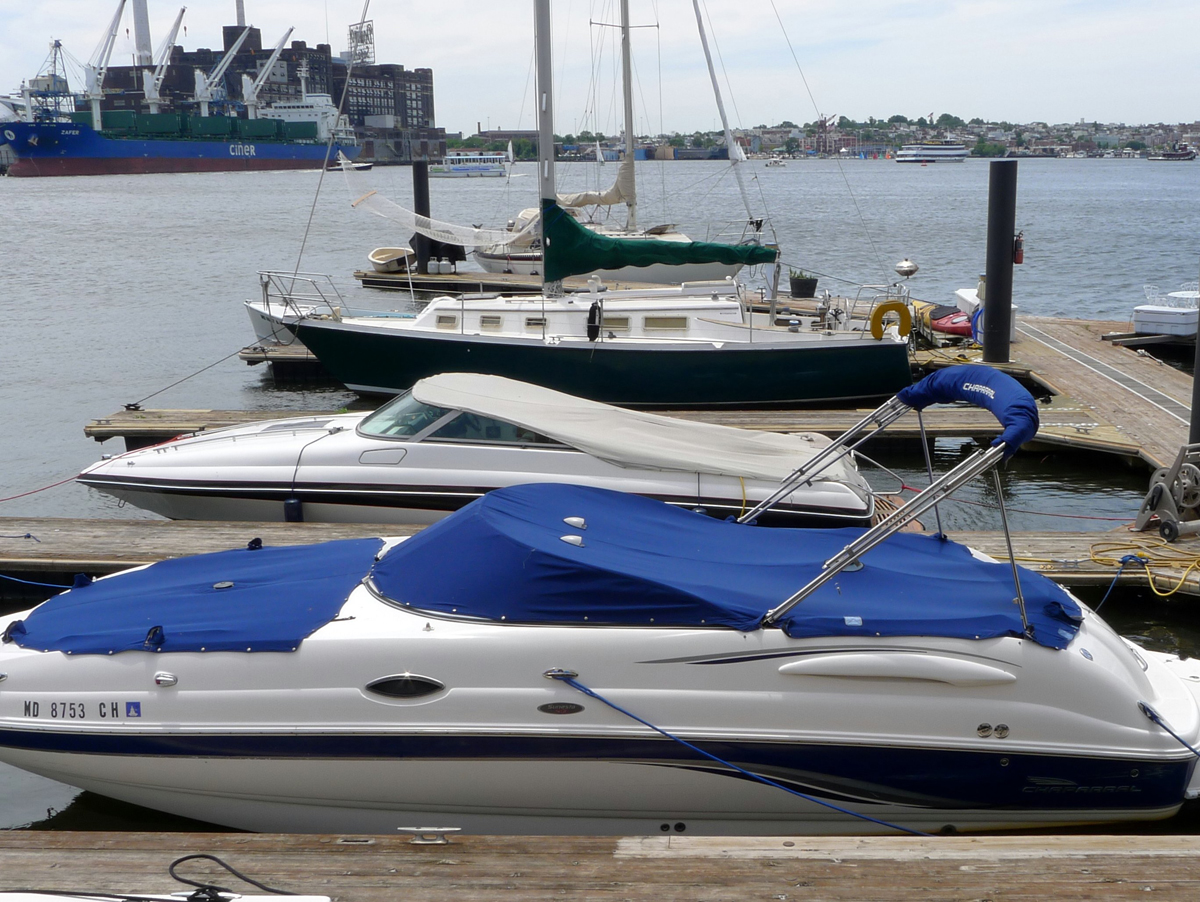
And you, have you already waterproofed your bimini top?
